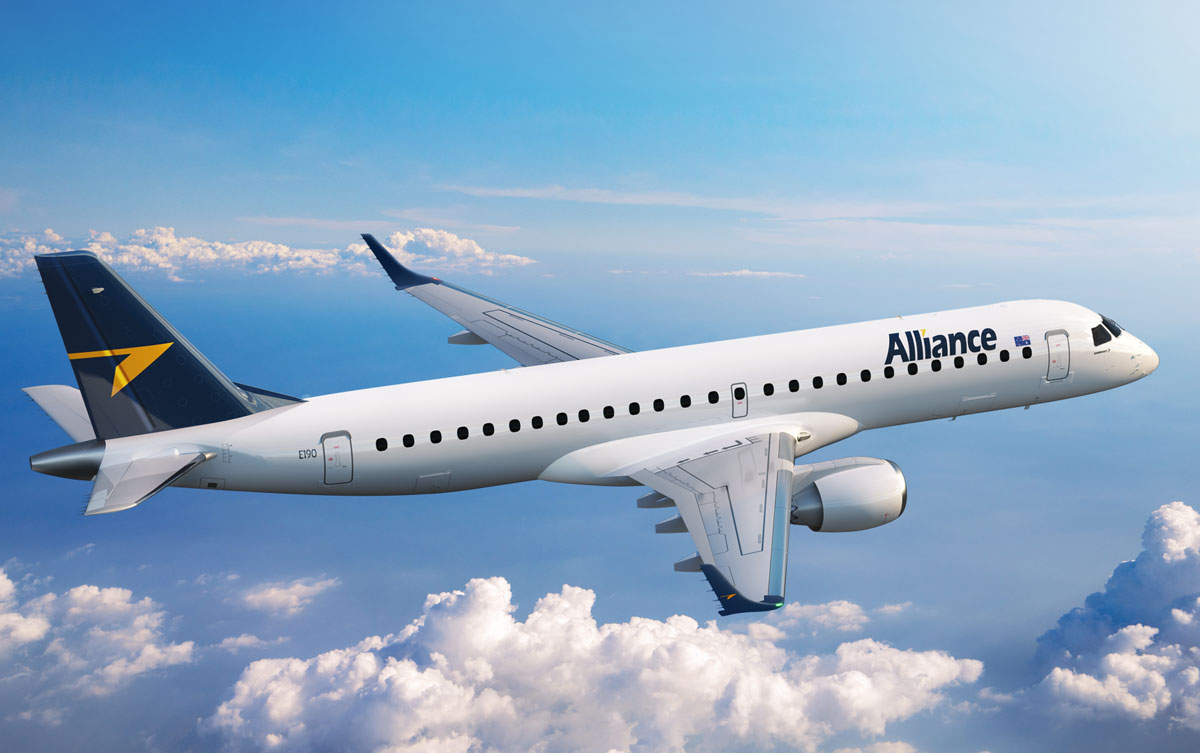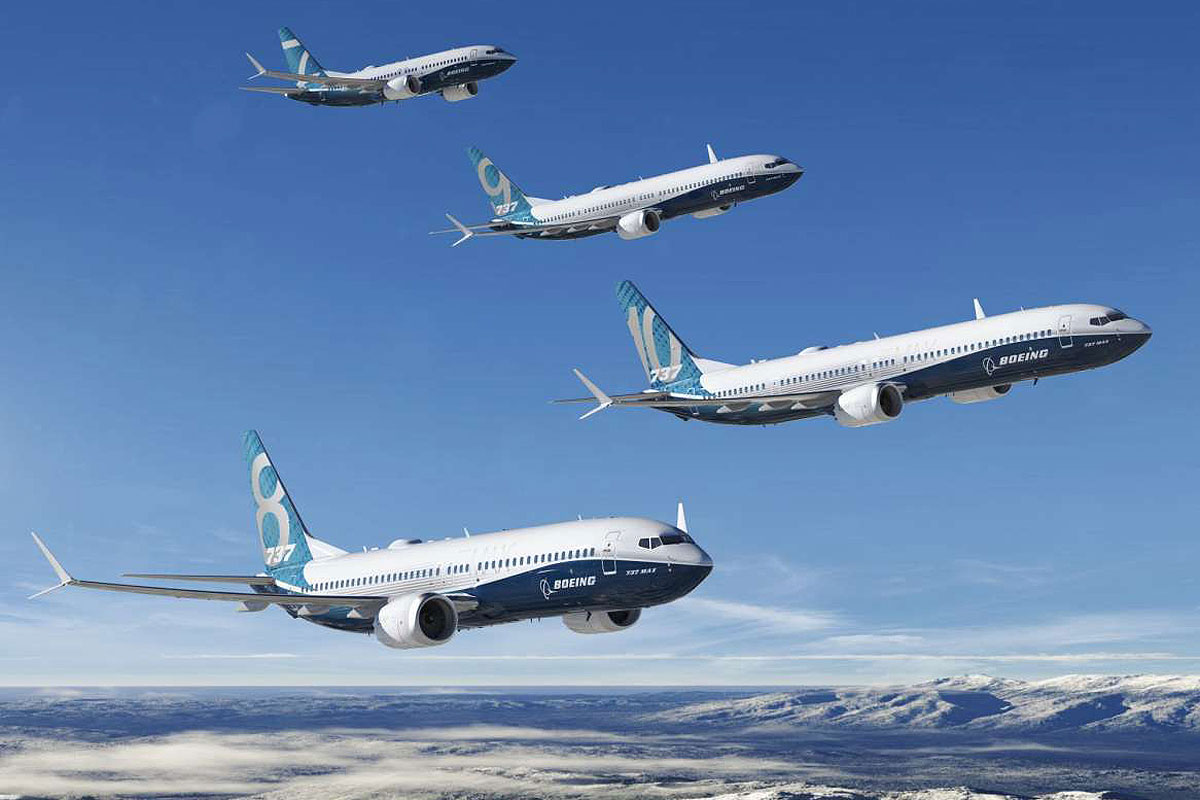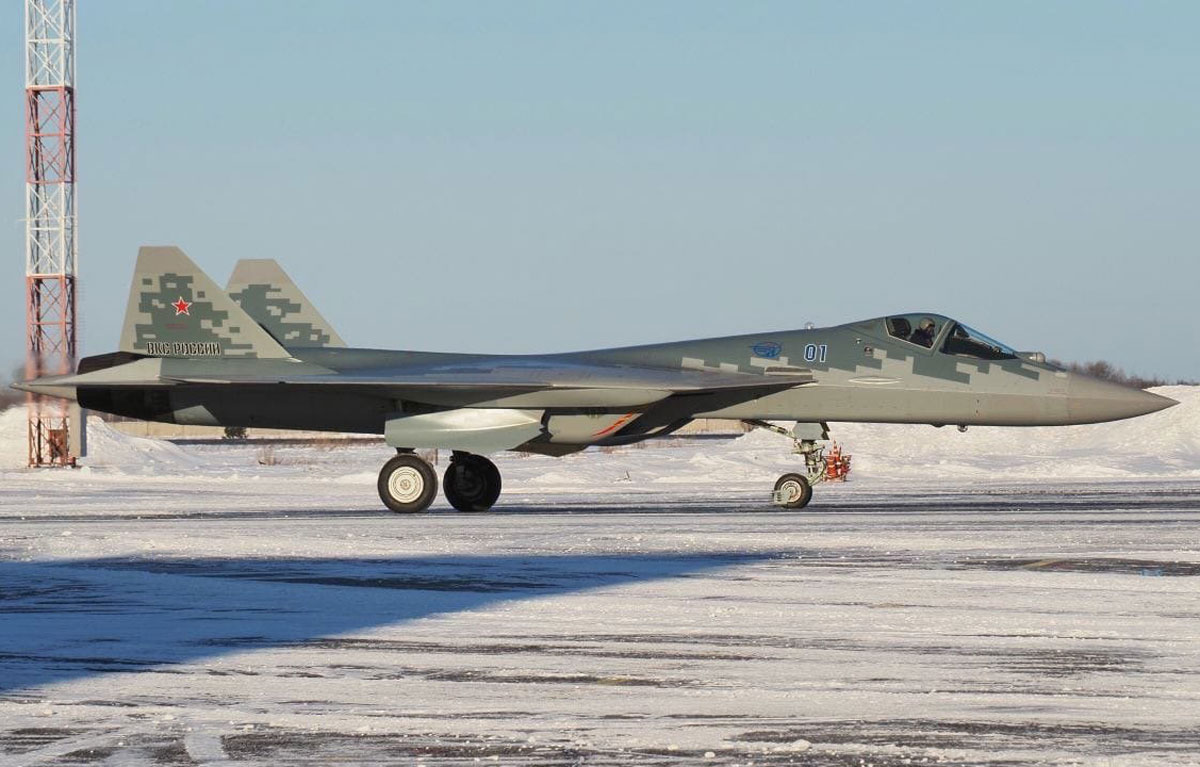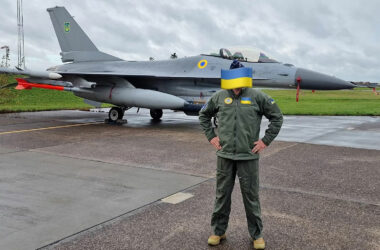India’s military escalation is unrelenting, with orders for new fighters continuing uninterrupted. But instead of looking for aircraft abroad, Prime Minister Narendra Modi’s government decided to encourage local industry.
An agreement announced in January for 73 Tejas Mk-1A fighters and 10 Tejas Mk-1 trainers will be signed this week during the Aero India Air Show, which takes place in Bangalore. The aircraft is a indigenous project for many years developed by Hindustan Aeronautics Limited (HAL), a government-controlled company.
The aircraft is a single-engine light fighter, which uses a GE 404F2 turbofan with afterburner and is capable of reaching Mach 1.6. The Tejas have a delta wing and side air intakes that resemble the Saab Gripen, but the Indian fighter is smaller, with only 13.2 m in length, 8.2 m in wingspan and maximum take-off weight of 13.5 m tons – the Swedish plane is 15.2 m long, 8.6 m long and has a maximum take-off weight of 16.5 tonnes.
According to the local press, the Tejas Mk-1A will be equipped with an AESA radar (active electronically scanned array), BVR missiles (beyond visual range), electronic warfare suite and probe for aerial refueling. The first units will be delivered from 2024 at an annual rate of 16 fighters.
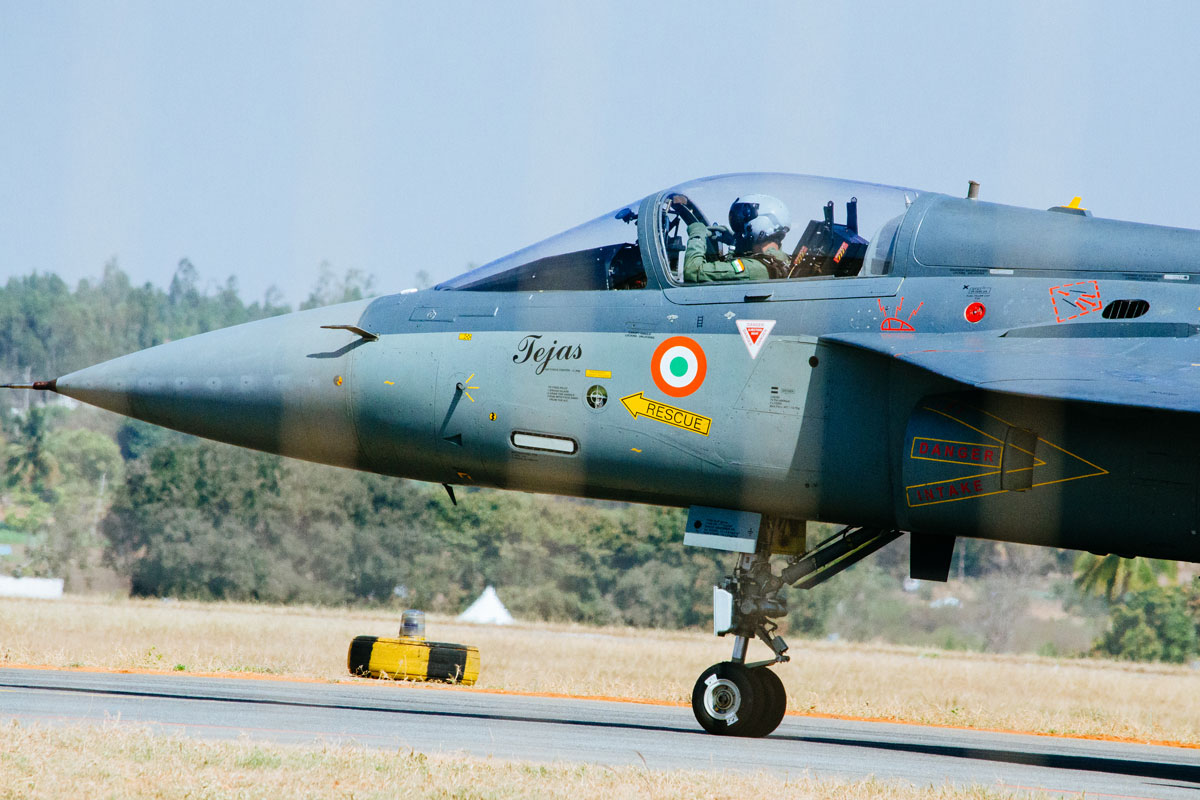
Export
On Thursday, HAL CEO R Madhavan said that “countries from the Middle East and Southeast Asia have expressed their interest in the indigenous Tejas Mk 1A fighter at a vanilla price of just Rs 309 crore per aircraft ($ 42 million ). ”
In parallel to the order for Tejas, the Indian government has also closed deals with other countries. After ordering 36 Rafale fighters in 2016, whose first planes were delivered last year, the Indian Air Force also closed an order for 21 MiG-29 and 12 Su-30 fighters with Russia.
Now the spotlight is on the competition for 114 advanced fighters that will be decided among models like the F-21 (Lockheed Martin F-16), Boeing F-15EX, Eurofighter Typhoon, MiG-35 and the Gripen, among others.


